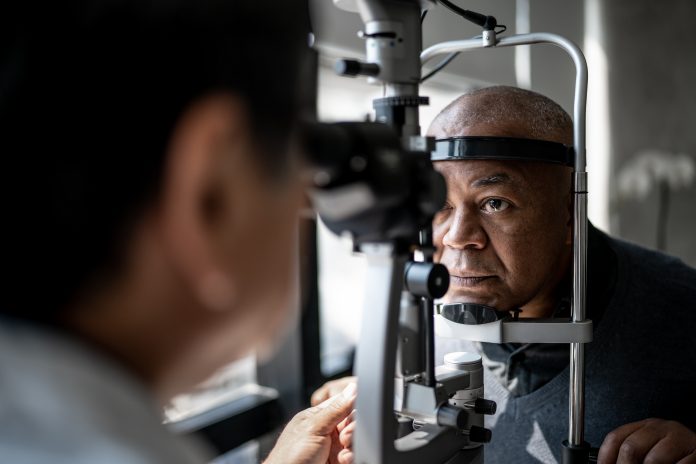
A study led by the University of Copenhagen suggests long-term statin use could increase a person’s risk of developing cataracts.
Statins are widely used to reduce low-density lipoprotein (LDL) cholesterol and improve cardiovascular health and work by targeting HMG-CoA reductase. The researchers used data from people with genetic mutations in the gene encoding this protein, HMGCR, which reduce the protein’s effectiveness and effectively mimic the action of statins, to act as genetic proxies for long term statin use.
“We were able to establish a link between genetic variants that mimic inhibition of HMGCR and the development of cataracts,” said study researcher Jonas Ghouse, a fellow in the cardiac genetics group, Laboratory for Molecular Cardiology in the department of biomedical sciences at the University of Copenhagen in Denmark. “We were not able to find any association between newer non-statin, lipid-lowering medications and cataract risk, so this effect is likely specific to statins.”
As reported in the Journal of the American Heart Association, the researchers used genotyping and exome sequencing data from participants of the UK Biobank with European ancestry. The team used five common variants impacting levels of HMG-CoA reductase to create a genetic score for the up to 402,750 biobank participants. They also assessed the incidence of 17 rare HMGCR gene variants.
The results showed a significant association between genetically reduced LDL cholesterol and cataract occurrence. According to the common variants score, a genetically linked 38.7 mg/dL (1 mmol/L) reduction in LDL cholesterol increased the relative risk for cataracts by 14% and cataract surgery by 25%.
Overall, 32 individuals had one of 17 rare loss of function mutations in the HMGCR gene. Heterozygous carriers of one of these variants had a 4.54-fold increased risk for cataracts and a 5.27-fold increased risk for needing cataract surgery compared with noncarriers.
“When we carry a loss-of-function mutation, the gene is less likely to work,” said Ghouse, who was first author on the stduy. “If that gene doesn’t work, the body can’t produce that protein. Simply put, the loss-of-function mutation in the HMGCR gene equals taking a statin medication.”
In a small additional analysis, no links between genetic cholesterol reduction through other pathways (eg. mutations in the PCSK9 and NPC1L1 genes) and cataracts was observed.
The researchers acknowledge that clinical trials with long follow up time are needed to confirm these findings, but Ghouse said the strength of the association was higher than expected. “The main difference between the two analyses is that loss-of-function mutations are really more detrimental than common variants, meaning they mimic change that is often induced by medications.
“We believe that the true effect lies closer to the loss-of-function mutation association than the common variant association. When taking statins, you have an almost-complete inhibition of that protein, and when you have a loss-of-function mutation you also have a significantly reduced ability to produce that protein.”













